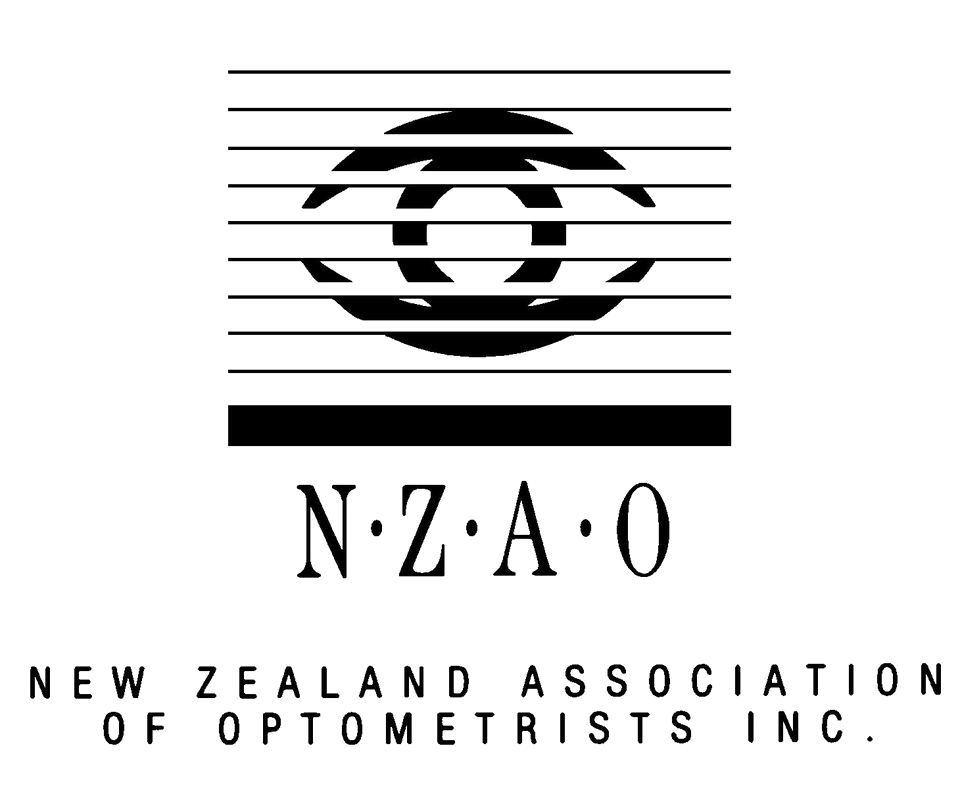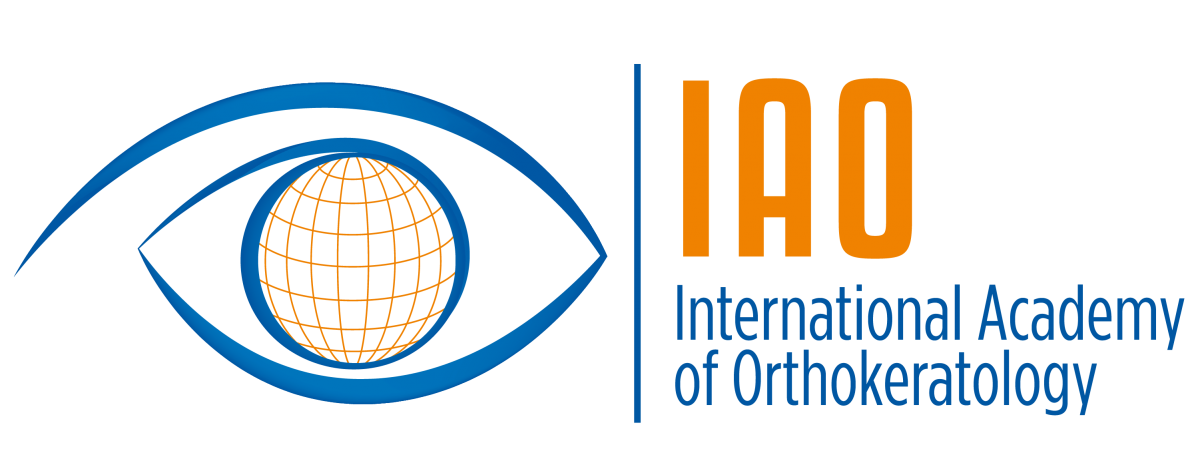Bay Eye Care Actively Slows Myopia
Myopia (short-sightedness) is increasing around the world, with many now calling it an epidemic. Aside from the burden of needing spectacles or contact lenses to function normally, people with myopia have a much higher risk of blinding eye disease later in life.
Bay Eye Care offers a range of treatment options to slow the progression of myopia, protecting your child's eye health in the future.
How common is myopia?
It is thought that ~30% of New Zealanders are short-sighted, similar to Australian levels. The concern is that this percentage is increasing globally. At its current rate by 2050 five billion people will be short-sighted: half of the world's population. High myopia, the severe form of the condition when your prescription is worse than -5.00D, makes up 20% of this proportion.
What makes my child more likely to become myopic?
This infographic from childmyopia.com gives a useful overview of myopia for parents. Download a .pdf here.
There are a number of risk-factors for developing short-sightedness:
Genetics: Having both parents that are also short-sighted increases your child's risk of myopia by 6x.
Ethnicity: There may be an increased rate of myopia in children with an east-asian genetic background.
Prolonged periods of reading and close-work is an increased risk for myopia.
Lack of time spent outdoors is a risk for myopia.
Certain problems with eye co-ordination and focusing increase the risk of myopia.
Mykidsvision.org is a great resource created by colleagues of Bay Eye Care. It can be used by parents to assess the risk of myopia in their child.
Myopia comes about due to the eye getting longer. Most patients who develop myopia at a young age (under 20 years) tend to have more aggressive myopia progression and will continue to become more and more short-sighted over time until their eye stops growing. Adults that develop myopia can also progress over time however, especially if they do a lot of reading or computer work in their jobs or studies.
People with myopia will be highly dependent on high-powered glasses or contact lenses for any visual tasks. They often have to keep changing their glasses each year as their eye becomes more short-sighted.
A chart showing the increased risk of different eye disease with higher levels of short-sightedness. Courtesy of the OSO.
More concerning is that all levels of myopia increase the chance of blinding conditions such as retinal detachment, cataracts, glaucoma and myopia retinal degeneration later in life. This risk of these conditions is much higher as the degree of myopia increases. These conditions are far from rare: myopia maculopathy, a worsening condition causing death of the retinal cells, is the fourth most common cause of visual problems in the UK, ahead of diabetic eye disease.
This blog from a highly short-sighted New Zealander given an idea of the challenges people with myopia face in the real world. Read it here.
What does this all mean?
Out of context the implication of myopia can be hard to grasp. It can help to compare myopia with heart disease: Studies show us that the risk factor for eye disease due to any degree of myopia is comparable with the risk of cardiovascular disease (stroke, heart attack etc.) associated with untreated high blood pressure. We all know high blood pressure is a real problem that needs controlling; short-sightedness is no different.
A graphical representation of the effect of 50% myopia control when commenced at -1.00D in a child aged 10. The child is prevented from becoming highly short-sighted. Courtesy of IEC
An important concept to remember is that while the risks of eye disease later in life are present for any degree of myopia, the higher the amount of myopia - the higher the risk.
If we can stop the progression of myopia to these high levels then a significant amount of blindness in our community can be prevented. Studies suggest that even a modest reduction in the rate of myopia of 33 % could produce a 73 % reduction in high myopia (above 5.00 D).
What can be done?
Prescribing standard spectacle lenses or contact lenses for your child will do nothing to slow the progression of short-sightedness. As a result, they will require frequent changes to their glasses and will be put at risk of sight-threatening problems in the future. Unfortunately, the lengthening of the eye which causes myopia cannot be reversed, making it critical to control myopia sooner rather than later.
The good news is that there is convincing evidence that certain treatments can slow and even halt the progression of myopia. Bay Eye Care will recommend the most appropriate myopia methods for each person depending on a range of factors.
It is worth being aware that environmental factors play a role in myopia development too: lack of outdoor time and long periods of digital device use and reading can increase the risk of myopia development in children. Learn more about ways to minimise the environmental risks of myopia here.
Our Optometrist's Myopia Story
The personal case of one of our optometrists, Mr Alex Petty, highlights why myopia control is so important. Alex developed myopia before the age of ten. This progressed throughout his teenage years, eventually stabilising at a high -7.50D in each eye. As a result, Alex suffered two retinal detachments in his left eye in 2009 and another in 2014 in his right eye. Fortunately, through timely surgery these were able to be repaired saving his central vision. If Alex had access to myopia control strategies when he was a teenager, it is unlikely his prescription would have worsened as quickly and these ocular emergencies might have been prevented.
Axial eye length testing of a young patient at Bay Eye Care.
At Bay Eye Care we take a proactive approach to managing myopia. We use instruments to monitor the length of our patient's eyes and have access to all the current myopia control treatments used around the world. During a consultation with our optometrist we will discuss which management option is best for your child's scenario. Typically the main treatment options offered at Bay Eye Care should provide, on average, at least 50% slowing of your child’s myopia, which will make a significant difference in lowering their risk of other ocular disease later in life.
Treatment options include:
OrthoK Vision Correction
Watch the NZ Herald interview with our principal optometrist Alex as he discusses using orthoK contact lenses for myopia control in one of our young patients.
Orthokeratology (or orthoK) is a type of contact lens wear which has been prescribed by our optometrists at Bay Eye Care for many years. OrthoK Vision Correction involves wearing a custom-designed contact lens overnight which reshapes the surface of the eye, giving clear vision the next day without the lenses. As well as being convenient for the patient, the treatment actually slows and in some cases stops myopia progression. Research shows a range of 32%-100% slowing of myopia progression depending on the study. Most reports suggest an average of a 50% reduction in the rate of myopia progression with orthoK wear.
It should be noted that these studies used orthoK lenses designed for adults to see well. The newest orthoK lenses that are designed for children's myopia control show a better myopia control effect than normal orthoK lenses. Results in our patients and from other myopia control practices in Australasia using these cutting edge designs show complete halting of myopia progression in some patients.
Learn more about orthoK with our introductory video.
Our young patient David explains how he uses orthoK for control of his myopia.
A graphic showing how orthoK lenses (bottom) change the path of light entering the eye, which decrease myopia progression. Courtesy of Rose Optometrists
How does OrthoK Vision Correction slow myopia?
When myopic eyes are corrected with conventional spectacles and contact lenses, light entering the eye centrally will focus at the retina; however, light entering off centre will focus behind the retina. This is thought to stimulate lengthening at the back of the eye as the retina tries to reach the focal point behind the eye, worsening the condition.
OrthoK lenses can slow this growth by changing the shape of the eye surface, allowing central light to focus accurately at the retina and off-centre light to focus in front of the retina. The retina will no longer 'attempt' to elongate (see image).
Please refer to our Orthokeratology page for more information about how this treatment works.
Atropine drops
Atropine drops have been used for many years to control myopia; however, until recently they have been prescribed at a normal concentration of 0.5% - 1%. Atropine at this concentration causes loss of focusing in young children for near tasks and dilates the pupil significantly, leading to light sensitivity.
An example of a bottle of low-dose 0.05% atropine drops. These are specially compounded for our young Bay Eye Care patients at risk of myopia progression.
Studies over the last decade have found that much lower concentrations of atropine, such as 0.02%, have a comparable reduction in myopia progression, without any noticeable effect on pupil size or near-focusing. For example the ATOM2 study showed the myopia control effect of 75% reduction for the 1%, 0.5% and 0.1% concentrations and 65% reduction with 0.01%. Studies have told us that 0.02% is the highest concentration of atropine that shows no significant change to near focusing or pupil size in children, and has no reported allergic side effects.
Recent reports have suggested that while low-dose atropine strengths like 0.01% that are widely used decrease the change in the spectacle prescription over time, the effect is less significant when evaluating the slowing of eye length - the key determinant of the risk of secondary eye disease later in life. Higher low-dose concentrations of 0.02% and 0.05% show better control of axial eye growth and are therefore being used more often for children with myopia progression risk.
How do atropine drops slow myopia?
It was initially thought that as atropine drops paralysed the focusing muscles of the eye, this was the reason for the myopia control. Our understanding now suggests that the atropine molecule affects a receptor in the tissue of the back of the eye, signalling the eye to stop growing excessively. This mechanism is still being studied around the world.
Atropine drops need to be instilled nightly and can be combined with orthoK therapy to theoretically maximise the myopia control effect. Visual side-effects are uncommon at the low concentration of 0.02% and 0.05%, and general side-effects highly unlikely. Atropine drops need to be specially requested by your optometrist from a compounding pharmacy in Auckland as they are not readily available at concentrations below 0.5%.
Soft Contact Lenses
Certain types of soft contact lenses have been used in the past to try to control myopia, although results have been underwhelming. Bay Eye Care has access to a range of modern multifocal soft contact lenses that are more appropriate for children and teenagers at risk of progressive myopia. These include the Coopervision Misight 1-Day lens, Johnson + Johnson Abiliti-1 day, and VTI’s NaturalVue 1 Day multifocal.
The design of the Misight myopia control soft contact lens.
Misight lenses were designed by a research team at Auckland University, specifically for myopia control. Studies into these lenses shows over a 50% reduction in myopia progression and eye growth compared to a normal soft contact lens over a 3 year period.
Some of the advantages of the new Abiliti 1 Day myopia control soft lens design, released 2024.
Abiliti is the newest myopia controlling soft lens available in NZ from 2024, designed specifically with children’s eye to the slow eye growth that causes myopia. Studies show Abiliti lenses slow eye growth by 0.19mm on average over 1 year.
If orthoK lenses are not suitable for your child, then soft multifocal contact lenses like Misight, Abiliti 1 Day or NaturalVue are an excellent option to provide reasonable myopia control effect, while giving improved vision during wear. They work to control myopia progression in a similar way to orthoK lenses; by changing the way off-axis light is focused on the back of the eye. The main difference with soft lenses is that they are worn during the day rather than at night.
Red Light Treatment
The Myproclear device for at-home myopia control red light therapy.
Red Light Therapy is an exciting new therapy for myopia control available at Bay Eye Care. Red light therapy is a non-invasive, quick and easy to use home myopia control treatment for children using the Eyerising Myproclear device. It follows a simple treatment plan involving just three minutes of treatment time twice per day, five days per week to slow the progression of a child’s myopia (short-sightedness). It can be used as a stand-alone treatment for myopia progression, or in conjunction with other myopia control treatments like orthokeratology overnight corneal reshaping, soft multifocal contact lens wear, or myopia control spectacle lenses.
How does Red Light Therapy work?
The Eyerising Myproclear unit uses patented technology to deliver Repeated Low-Level Red Light (RLRL) therapy. The low-level single wavelength red light of 650 +/- 10 nm gently stimulates blood flow in the back of the eye to help slow the axial growth of the eye and control myopia progression. It is designed to be easy to use at home with a user-friendly touch screen interface. The device also monitors and shares patient compliance data with your optometrist for use during follow-up examinations.
The child’s view down the Myproclear device.
Myproclear Red Light Therapy holds particular appeal for certain groups of young patients:
Children who cannot tolerate contact lens wear or eye drops.
Children already wearing Orthokeratology contact lenses or myopia control spectacles but require further myopia control measures.
Those wanting to explore adjunct (combination) therapy if they have aggressive myopia control progression when first assessed.
Studies suggest that Myproclear Red Light Therapy results in approximately 75% reduction in axial elongation compared to children wearing standard single vision spectacles over a two year period. There was an even better 87% reduction in axial length in children who had high compliance with the treatment schedule.
More information on Red Light Therapy for myopia control can be found with our in-depth document downloadable here.
Spectacle lens options
As mentioned previously, normal spectacles offer very little myopia control benefit. Lately however newer-generation myopia control spectacle lens designs have emerged, inspired by some of the optical benefits seen from orthokeratology and multifocal soft contact lenses. These include Hoya's Miyosmart lens, Essilor’s Stellest lens, and the Zeiss Myocare lens portfolio. These lens designs show myopia control prescription effects, and axial length control, more in line with existing myopia control strategies as mentioned above. As such they are a useful option to consider when deciding on which myopia control treatment to use, especially if the child is young or not suitable for contact lens based options or eyedrops, or wants to keep using spectacles. Our Bay Eye Care optometrists will be able to recommend this option if suitable, and put you in touch with an optician colleague to have the spectacle lenses arranged.
An example of how Hoya’s Miyomart myopia control spectacle lens works.
Other Considerations
As well as the above treatments, there is some evidence that spending at least 2 hours a day outside in natural light may decrease the chance of myopia progression. Other websites with information for parents and patients with useful resources includes childmyopia.com, mykidsvision.org, and contactlens.org.nz














